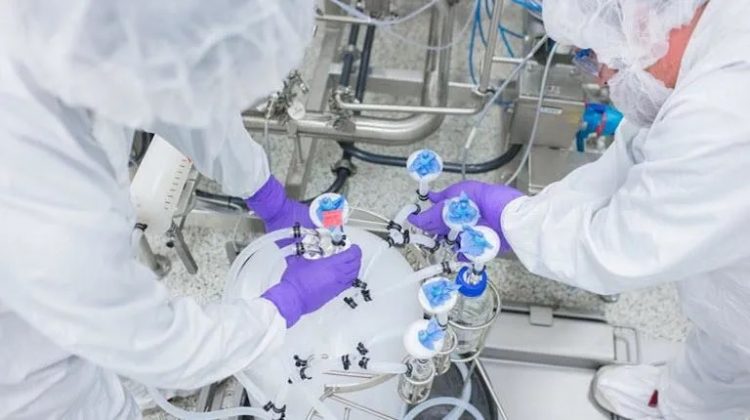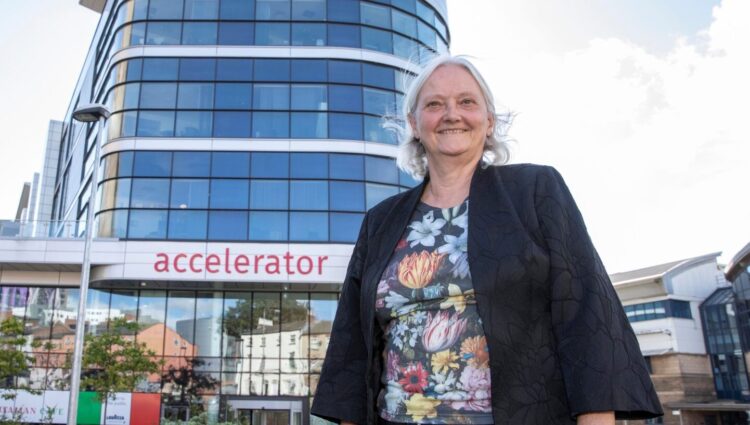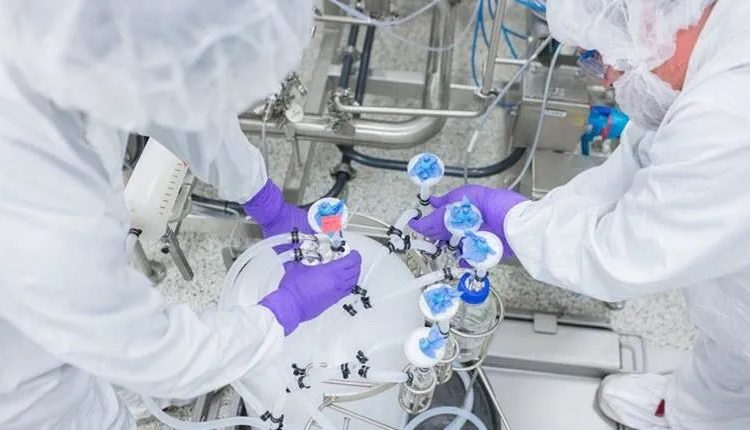A £5m project to combat future flu pandemics is one of three ‘momentous’ announcements impacting the Liverpool knowledge sector. Tony McDonough reports

Vaccine maker Seqirus is teaming up with the University of Liverpool’s Pandemic Institute on a £5m project to combat future flu pandemics.
Seqirus employs more than 800 people at the UK’s largest influenza vaccine manufacturing facility in Speke. It will provide financial support, research materials and scientific and technical expertise for five years as part of the collaboration.
This was one of three announcements for Liverpool’s knowledge sector on Thursday. It was revealed that the iiCON Consortium in the city had secured an extra £1.7m in Government funding. iiCON combines industry, academia and the NHS to accelerate products and innovations linked to infection control.
Also announced was a refreshed Science and Innovation Audit (SIA). It will highlight the city region’s world-leading specialisms in infection control, materials chemistry and AI solutions. It will also focus on emerging strengths in net zero and maritime.
Liverpool City Region Metro Mayor Steve Rotheram, who was at an event to launch the new initiatives, called it a “momentous day”. He added: “Liverpool city region is a place where creativity flourishes.”
Seqirus and the Pandemic Institute, which was launched last year, will participate in “research and knowledge generation”. This will focus on the threat of influenza and the development ofnew approaches to pandemic preparedness and response.
Sharon McHale, vice-president, global head of policy, advocacy and government affairs, at Seqirus said: “The COVID-19 pandemic has demonstrated the incontrovertible value of research and scientific partnership.
“The University of Liverpool is renowned internationally for research excellence. It can boast of over a century of discovery and translational research in infectious diseases. I can think of no better partner for the next step towards pandemic preparedness.”
Seqirus has a history of investment in Liverpool dating back to 1943. Its Speke site produces more than 50m doses of seasonal influenza vaccine each year. It is also a key part of the company’s response strategy for a potential influenza pandemic. Its plant is contracted to make 200m doses of pandemic influenza vaccines when needed.
Professor Tom Solomon, director of the Pandemic Institute, added: “With a breadth of word-leading clinical, academic, public health and data-driven expertise, we’re keen to leverage these synergies in our collaboration with Seqirus.
“Our founding partner, University of Liverpool, has taken the lead on this partnership with Seqirus. We look forward to bringing our combined intelligence and resources together to generate scientific excellence with societal impact for all.”
Led by Liverpool School of Tropical Medicine, iiCON consortium partners include Unilever, Liverpool University Hospitals Foundation Trust, the University of Liverpool, Evotec, and Infex Therapeutics.
They are working on a series of programmes to accelerate the development of new products and innovations in infection control.
In the 18 months since its launch, iiCON has already enabled 12 consumer products to get to market. It has also helped secure £200m of funding for innovation related to infection control and supported the creation of 176 jobs.
The extra funding is set to generate a further £40m of direct investment. This will move the infection R&D portfolio in Liverpool city region closer to £4bn rather than the current £3bn 2030 target.
Professor Janet Hemingway, director of the iiCON Consortium, said: “The £1.7m funding has been awarded because iiCON is progressing at hypersonic speed. We’re ready to expand our reach into the growing R&D ecosystem in Liverpool city region.
“In the 18 months since the iiCON launch we have made remarkable progress. That includes enabling 12 consumer products to get to market – with some 5bn units of these products reaching people around the world.”

The BEIS-commissioned SIA was published in September 2017. It prioritised the Liverpool city region’s assets and capabilities to drive innovation. It has also informed all subsequent city region economic strategies.
Five years on, there was a clear need to update the SIA to account for shifts in global challenges. There is a need to assess progress in the city region’s capabilities in infection prevention and control, materials chemistry, and AI solutions and emerging technologies.
It also highlights emerging strengths in net zero and maritime, being led by bodies such as Mersey Maritime and Maritime UK, and recommends future activity.
Its purpose is to inform innovation policy, strategy and funding decisions and support lobbying for greater devolution, investment and levelling up. That’s all towards delivery of the city region’s headline target to invest 5% of GVA per annum in R&D by 2030.
Mr Rotherham added: “We have a longstanding record of developing inventions and innovations that have transformed the world and saved millions of lives in the process.
“But it’s not just about our history. We have a thriving innovation economy that attracted more than £2bn of investment in the years before the pandemic. To deliver real levelling up, the Government needs think bigger than the Golden Triangle of Oxford, Cambridge and London.”

